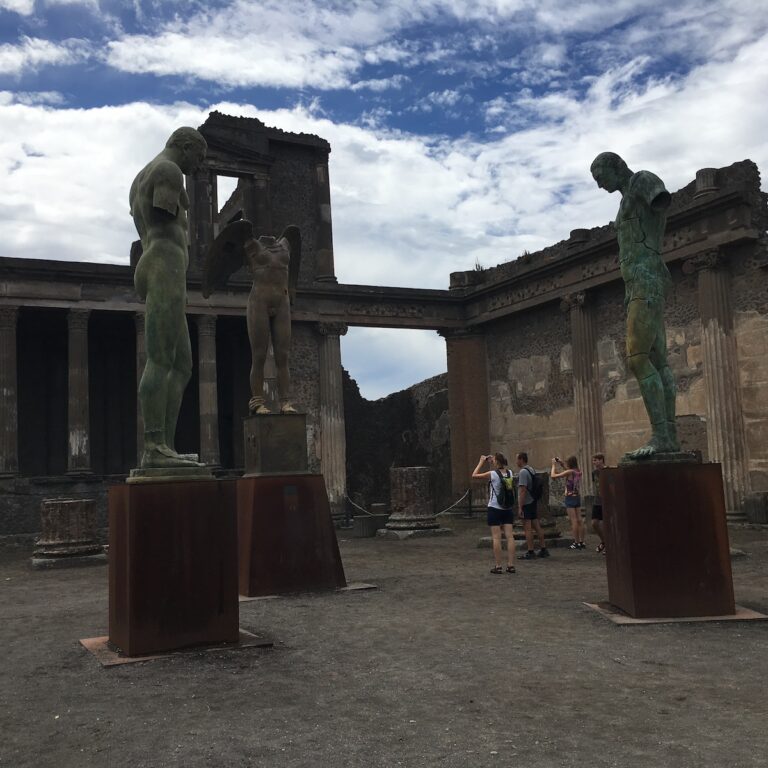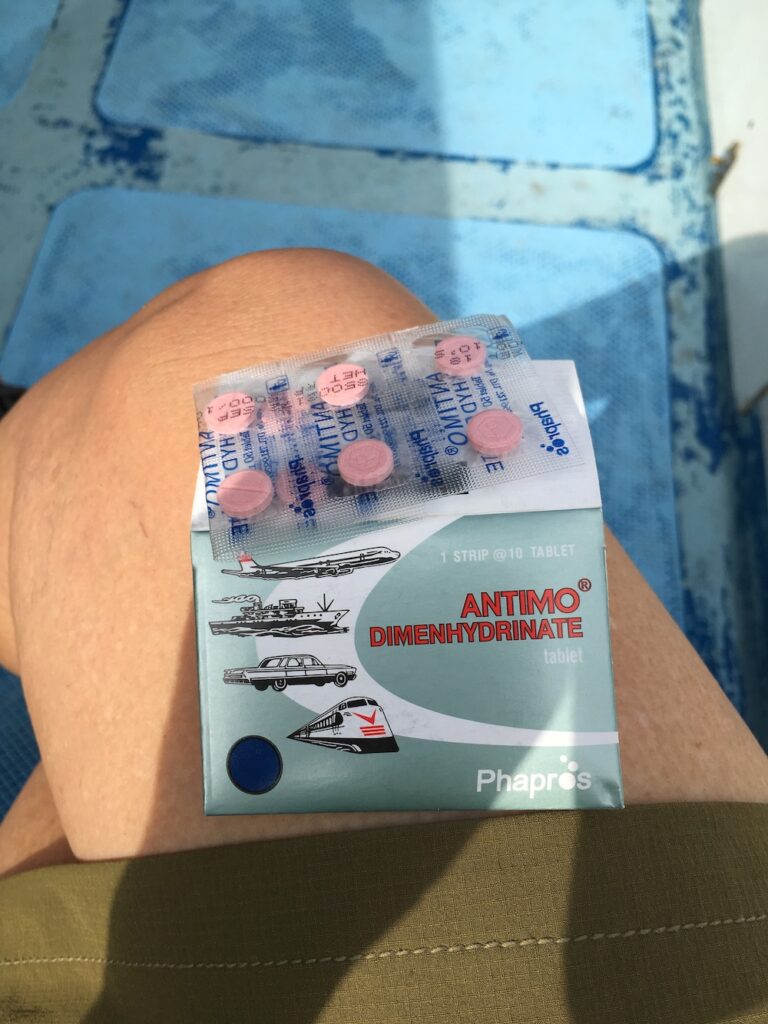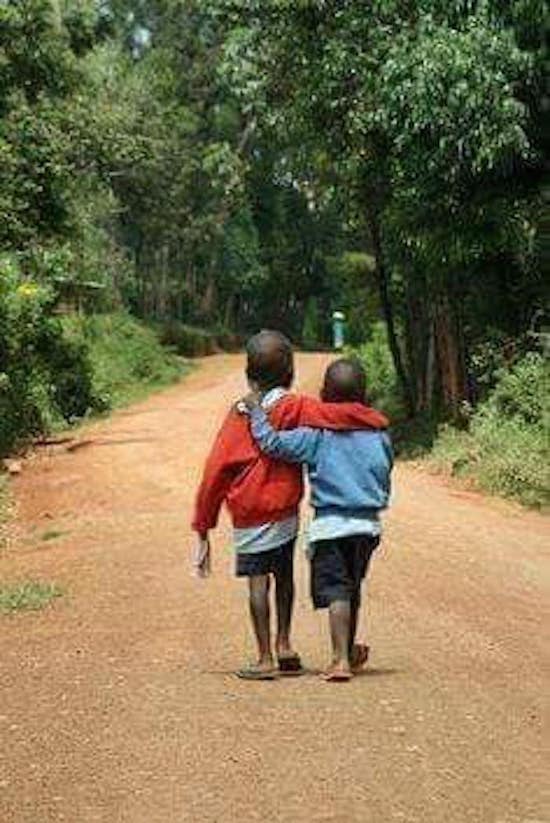How to decide where to travel? Basics
Selecting a travel destination seems like an easy task, but it is not always the case. It can be challenging for someone who is traveling solo for the first time or for someone who has been to many destinations and finds it difficult to plan. However, there are several ways to narrow down the travel plans. This is how I narrow down my destinations.
Considerations when choosing a destination:
TRAVEL GOAL/S
Travel promotes happiness and research can attest to this affirmation (when you go on vacations ,not when you have to travel due to a distressing situation).
When traveling, establishing some goals is essential because they provide direction on what we want to accomplish. Realistic goals are key, and for that, being honest with oneself is a must. When traveling, we must be flexible and not get too caught up on goals. We choose a few goals, knowing we might not be able to accomplish all of them, and that is okay.

Traveling should not be another task to accomplish, traveling needs to be inspiring and flowing to be able to take in all a place has to offer.
EXAMPLE: to meet locals, to learn about the culture, to learn to spend time alone, to relax, to write a book, to detox from a bad experience, to learn to be independent, to learn a language, to learn how to cook, to shop, to spend time in good weather, to attend a class, to swim, etc.
RANK THEM IN ORDER OF IMPORTANCE, pick the three most important ones, and create a list of goals
EXAMPLE: learn about the host culture, relax, and spend time in good weather
LENGTH OF TIME
How long to stay is a personal question. It is always wise to have a less hectic schedule in order to fully enjoy and learn about a place. Some trips may seem like a race to nowhere, rather than a cultural experience.

EXAMPLE: one month/ close to a beach/ in a tropical destination/during not super hot weather
Now, when you search for destinations, first check the airfares and how affordable those places are. Keep in mind the importance of knowing the language or being in a place where people speak your language.
TYPE OF TRAVEL

SOLO
SEMI SOLO
SUPER SOLO
FAMILY
SIGNIFICANT OTHER
FRIENDS
OTHER??
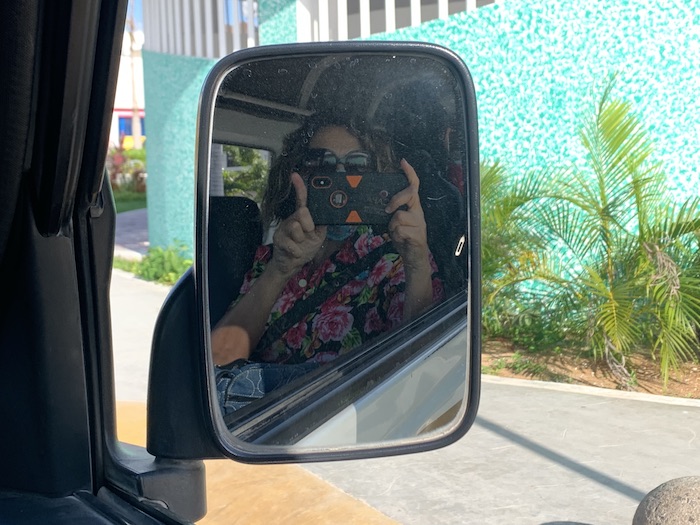
This is an important step. Traveling solo is always more expensive than traveling with someone else. We are paying for lodging, meals, and everything in one shot. When organizing your trip you might want, or not, reconsider traveling alone to save some funds or sharing a room in a location.
EXAMPLE: travel solo but sharing a room in a home to cut costs and to meet people
WEATHER

EXAMPLE: Warm everywhere possible
TYPE OF LOCATION

X time in location A: 4 days in the capital city
X time in location B: 12 days by the beach
X time in location C 4 days back to the city to shop :-)))
NOW I do a budget for locations A, B, and C
TYPE OF ACTIVITIES

EXAMPLE: TAKE A TOUR IN EACH CITY/GO TO A MUSEUM AND SHOP IF I HAVE LEFT OVER FUNDS FOR THAT PORTION OF THE TRIP
BUDGET
Now it is time to decide how much money one has to travel. Once we have, for example, “x” amount to travel, we need to subtract the basics: airfare, visas, entry permits, and health insurance. Once we subtract all of the prior costs, that is when we know how much money we have left to travel.
Example: 3500 USD for the whole trip MINUS
800 USD airfare/taxi to and from the main airport 90 USD/ 90 USD visa/ 150 health insurance=1130 USD
THIS IS THE MOST IMPORTANT NUMBER ONE STEP IN ANY TRAVEL PLAN
2370 USD LEFT FOR THE WHOLE TRIP you might have to make arrangements, and cuts due to the money you have left. Always have an emergency fund according to your destination, a minimum of 300USD
So now you have “X” amount left to travel? Now we can go ahead and plan. A piece of advice would be to have a mini-budget for each place you visit. For example, 300 USD for location A, 350 USD for location B, etc.

EXAMPLE: 350 USD for location A means I need to find the basics; housing, food, and transportation amounting to a 350 USD. If we follow the number of nights from the examples above, we have 4 nights in the city for part A of the whole trip
Lodging 4 nights: 30 USD = 120/ 5 days of meals (20 per day) 1=100 USD/ Tour 50 USD/ Total=270 USD NOW I HAVE 80 USD left for 4 nights Do I need more money? Do I need to cut the stay in point A shorter? Do I need to cut the tour instead? etc? do I want to add something else?
You add all mini-budgets for the trip to know your in-country budget and then you add the cost of transportation from points A, B, C, etc
SAMPLE RESULTS FROM TOP TO BOTTOM
Travel Goals: EXAMPLE: learn about the host culture, relax, and spend time in good weather
Length of Time: EXAMPLE: one month/ close to a beach/ in a tropical destination/during not super hot weather
Type of Solo: EXAMPLE: travel solo but sharing a room in a home to cut costs and to meet people
Type of Location: EXAMPLE: A: 4 days in the capital city, B: 12 days by the beach, C 4 days back to the city to shop :-)))
Example: 3500 USD for the whole trip minus
800 USD airfare/taxi to and from the main airport 90 USD/ 90 USD visa/ 150 health insurance=1130 USD
THIS IS THE MOST IMPORTANT NUMBER ONE STEP IN ANY TRAVEL PLAN
2370 USD LEFT FOR THE WHOLE TRIP. You might have to make arrangements, and cuts due to the money you have left. Always have an emergency fund according to your destination, a minimum of 300 USD
Add all of the small budgets and you have the trip planned but be always flexible, things happen at home and abroad!!!!!
There might be other ways to identify a location, but this is a guide to build upon. Each trip is a very personal experience. Just make sure you always make time to rest!
GET IN TOUCH
Please make sure you stop by our store, with a portion of the proceeds you are helping us collect funds to support a community in need!! A travel reflection journal here!

